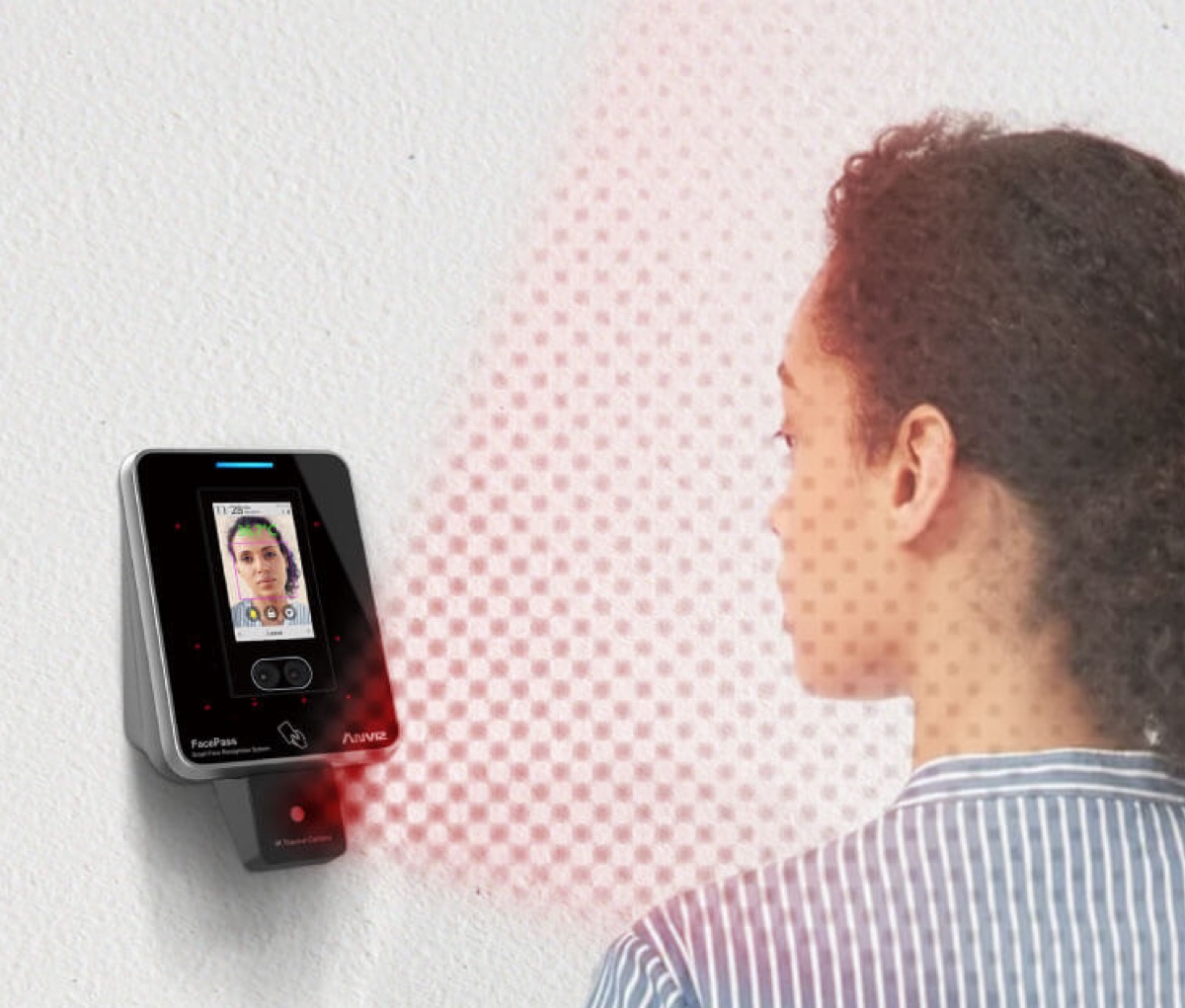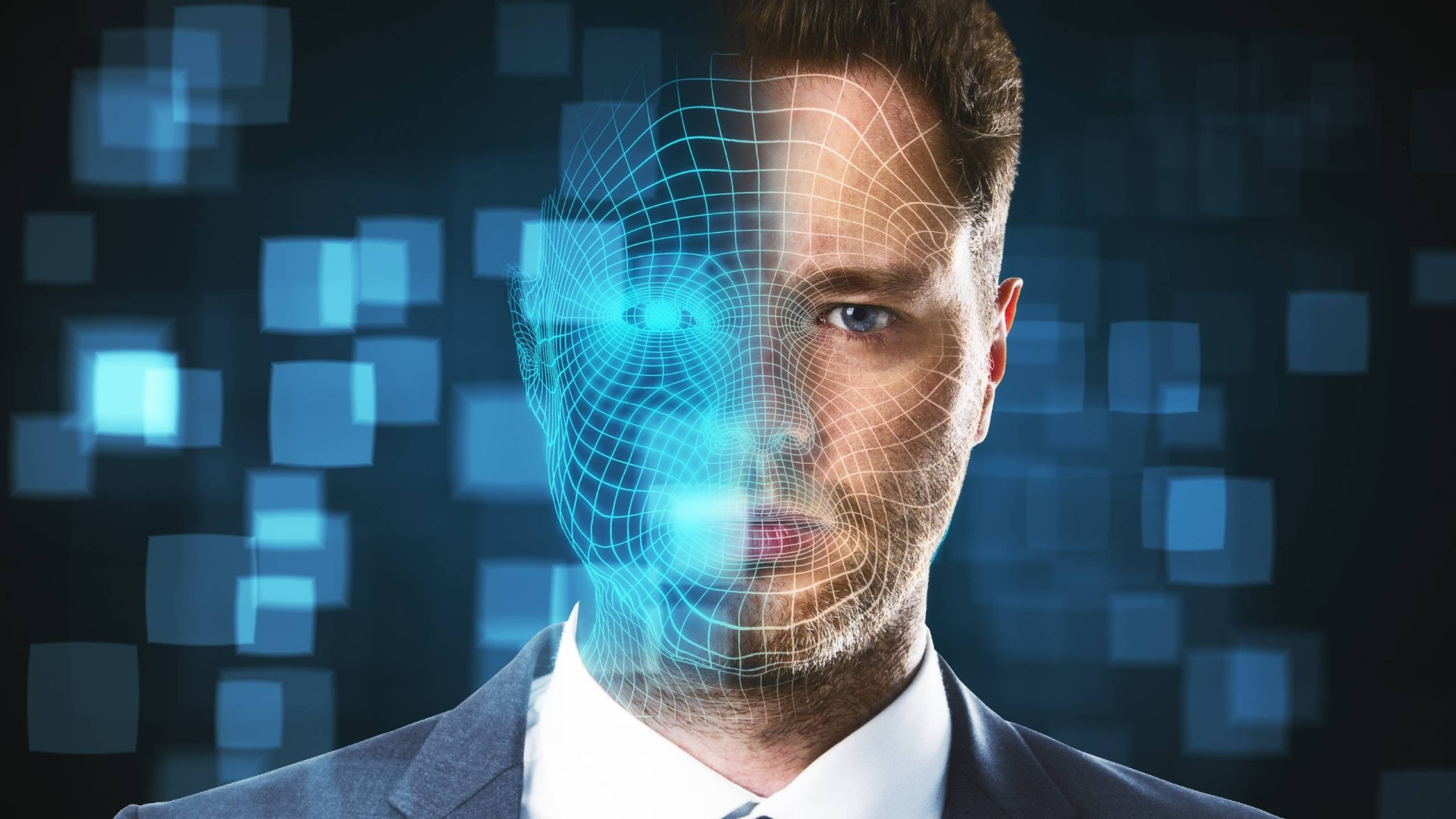Amazon Web Services (AWS) offers a range of cloud-based services, and one of the standout technologies is AWS Rekognition. AWS Rekognition provides advanced facial recognition capabilities, offering robust solutions for various applications, from security to user experience enhancement. Consequently, understanding the mechanisms, applications, benefits, and challenges of AWS facial recognition technology is essential for leveraging its full potential. Therefore, this comprehensive guide delves into the workings of AWS Rekognition, its diverse applications, advantages, challenges, and future prospects. By exploring these aspects, you can make informed decisions on how to implement this technology effectively.
Understanding AWS Rekognition Facial Recognition
AWS Rekognition is a powerful image and video analysis service that uses deep learning to identify objects, people, text, and scenes. Facial recognition is one of its key capabilities. Understanding how AWS Rekognition works is fundamental to appreciating its impact and functionality. Therefore, exploring the mechanics of AWS Rekognition is essential.
How AWS Rekognition Works
AWS Rekognition leverages deep learning algorithms to perform facial analysis and recognition. Users can upload images or videos to AWS Rekognition, which then detects and analyzes faces within the media. The service can identify various facial attributes such as age, gender, emotions, and facial landmarks. AWS Rekognition also provides facial comparison capabilities, matching faces in uploaded images with faces stored in a database. By understanding the deep learning processes behind AWS Rekognition, you can appreciate its precision and versatility. Therefore, recognizing the importance of advanced algorithms is crucial.

Integration with AWS Services
AWS Rekognition seamlessly integrates with other AWS services, enhancing its functionality and ease of use. For instance, it can work alongside AWS Lambda for serverless execution, S3 for storage, and DynamoDB for database management. This integration enables developers to build comprehensive solutions that leverage multiple AWS services, providing a cohesive ecosystem for facial recognition applications. By understanding the integration capabilities, you can harness the full power of AWS Rekognition within a broader cloud infrastructure. Therefore, recognizing the value of integrated services is essential.
Applications of AWS Facial Recognition
AWS Rekognition’s facial recognition capabilities have diverse applications across various industries. Understanding these applications helps in leveraging the technology for specific use cases. Therefore, exploring the applications of AWS Rekognition is essential.
Security and Surveillance
One of the primary applications of AWS facial recognition is in security and surveillance. AWS Rekognition can enhance security measures by identifying individuals in real-time, monitoring restricted areas, and verifying identities. It is used in public spaces, airports, and private facilities to improve safety and prevent unauthorized access. Additionally, AWS Rekognition can aid law enforcement by identifying persons of interest from video footage or images. By understanding the security applications, you can appreciate how facial recognition enhances safety measures. Therefore, recognizing the value of AWS Rekognition in security is crucial.
Customer Experience Enhancement
AWS Rekognition also plays a significant role in enhancing customer experiences. Retail environments use facial recognition to personalize services, such as tailoring product recommendations and improving customer interactions. For example, kiosks can recognize returning customers and offer personalized greetings and suggestions. In the hospitality industry, facial recognition streamlines check-in processes and enhances guest services. By understanding the customer experience applications, you can recognize how AWS Rekognition adds value to service-oriented industries. Therefore, recognizing the potential for customer satisfaction is essential.

Content Moderation
Content moderation is another critical application of AWS Rekognition. The service can analyze user-generated content, ensuring compliance with community guidelines and reducing harmful or inappropriate material. AWS Rekognition detects and flags explicit content, hate symbols, or violent imagery in images and videos. Social media platforms, online forums, and content-sharing websites can leverage this capability to maintain a safe and welcoming environment for users. By understanding the content moderation applications, you can see how AWS Rekognition contributes to safer online spaces. Therefore, recognizing the importance of moderation is crucial.
Benefits of Using AWS Facial Recognition
AWS facial recognition offers numerous benefits that enhance both security and user experience. Understanding these advantages helps appreciate the transformative impact of this technology. Therefore, exploring the benefits of AWS Rekognition is essential.
Scalability and Flexibility
One of the primary benefits of AWS Rekognition is its scalability and flexibility. The service can handle varying workloads, from small-scale applications to large-scale deployments. AWS Rekognition automatically scales its resources to meet demand, ensuring consistent performance. This flexibility allows businesses to start small and expand as needed, without worrying about infrastructure constraints. By understanding the scalability advantages, you can leverage AWS Rekognition for applications of any size. Therefore, recognizing the value of elastic resources is crucial.
Cost-Effectiveness
AWS Rekognition offers a cost-effective solution for facial recognition needs. With a pay-as-you-go pricing model, businesses only pay for the resources they use, eliminating the need for upfront investments. This pricing structure makes advanced facial recognition technology accessible to organizations of all sizes, from startups to enterprises. By understanding the cost benefits, you can implement AWS Rekognition without significant financial burdens. Therefore, recognizing the affordability of cloud-based services is essential.
High Accuracy and Reliability
AWS Rekognition is known for its high accuracy and reliability in facial recognition tasks. The deep learning algorithms used in Rekognition are continuously updated and improved, ensuring the service maintains cutting-edge performance. High accuracy in identifying and analyzing faces contributes to the reliability of applications built on AWS Rekognition. By understanding the importance of accuracy and reliability, you can trust AWS Rekognition for critical tasks. Therefore, recognizing the significance of precise technology is crucial.

Challenges of AWS Facial Recognition
While AWS Rekognition offers numerous advantages, it also presents specific challenges. Understanding these challenges helps in addressing and mitigating potential issues. Therefore, exploring the challenges of AWS facial recognition is essential.
Privacy Concerns
Privacy concerns are one of the primary challenges associated with AWS facial recognition. Collecting and analyzing facial data raises questions about consent, data security, and potential misuse. Critics argue that widespread use of facial recognition could lead to invasive surveillance and loss of individual privacy. Ensuring transparency in data collection, storage, and usage practices is essential to mitigate these concerns. By understanding the importance of addressing privacy issues, you can implement AWS Rekognition responsibly. Therefore, recognizing the value of privacy protection is crucial.
Technological Limitations
Despite its advanced capabilities, AWS Rekognition faces certain technological limitations. Factors such as lighting conditions, facial expressions, and changes in appearance can impact the accuracy and effectiveness of the system. Additionally, the reliance on high-quality images and videos is crucial for optimal performance. Regularly updating algorithms and improving hardware can help mitigate these limitations. By understanding the technological challenges, you can take measures to enhance the reliability of AWS Rekognition. Therefore, recognizing the importance of continuous improvement is essential.
Ethical and Legal Implications
The ethical and legal implications of using facial recognition technology present additional challenges that need careful consideration. Regulatory frameworks governing the use of biometric data vary across regions, potentially complicating the implementation of standardized practices. Ethical concerns include potential biases in algorithmic processing and the fair use of biometric data. Establishing clear, consistent, and ethical guidelines for using AWS Rekognition ensures compliance and fairness. By understanding the ethical and legal challenges, you can implement AWS Rekognition responsibly and ethically. Therefore, recognizing the need for comprehensive guidelines is crucial.
Future Prospects of AWS Facial Recognition
The future of AWS Rekognition facial recognition holds significant potential for further advancements and applications. Understanding the future prospects helps anticipate developments and their impact on various industries. Therefore, exploring future prospects is essential.
Advancements in AI and Machine Learning
Future advancements in AI and machine learning will likely enhance AWS Rekognition’s facial recognition capabilities. Improved algorithms, better hardware, and increased computing power will contribute to higher accuracy, faster processing speeds, and enhanced features. Continuous research and development efforts will drive these advancements, ensuring AWS Rekognition remains at the forefront of facial recognition technology. By understanding the potential for AI advancements, you can anticipate improvements that will further optimize AWS Rekognition. Therefore, recognizing the importance of innovation is essential.

Expansion to New Industries
As AWS Rekognition technology advances, its applications are likely to expand to new industries. Sectors such as healthcare, education, and transportation can benefit from facial recognition for identity verification, access control, and personalized services. The versatility of AWS Rekognition allows for a wide range of use cases, making it a valuable tool for various sectors. By understanding the potential for expansion, you can recognize how AWS Rekognition could revolutionize multiple industries. Therefore, recognizing the value of broader application is crucial.
Enhanced Security Features
Future enhancements to AWS Rekognition may include advanced security features, further enhancing its robustness and reliability. These features could involve multi-factor authentication, better encryption techniques, and improved fraud detection capabilities. Enhanced security measures will ensure that AWS Rekognition can meet the growing demands for secure and reliable facial recognition solutions. By understanding the potential for enhanced security features, you can appreciate the efforts to maintain high standards of data protection. Therefore, recognizing the significance of ongoing security improvements is crucial.
Addressing Common Questions About AWS Rekognition
Understanding common questions about AWS Rekognition facial recognition provides clarity and enhances decision-making. Knowledge of these answers ensures better preparation and effective use. Therefore, exploring common questions is essential.
How Secure Is AWS Rekognition?
AWS Rekognition employs advanced security measures to protect the biometric data it processes. The service uses encryption for data in transit and at rest, ensuring that sensitive information is safeguarded from unauthorized access. AWS also adheres to strict compliance standards and regulatory requirements, ensuring the secure handling of biometric data. By understanding the security measures in place, you can trust the robustness and reliability of AWS Rekognition for your facial recognition needs. Therefore, recognizing the importance of data security is crucial.
Can AWS Rekognition Handle Large-Scale Deployments?
Yes, AWS Rekognition is designed to handle large-scale deployments efficiently. The service can process high volumes of images and videos, making it suitable for extensive applications such as security surveillance, large event monitoring, and high-traffic retail environments. AWS Rekognition’s scalability ensures consistent performance, even as demand fluctuates. By understanding the scalability capabilities, you can leverage AWS Rekognition for large-scale projects without performance concerns. Therefore, recognizing the value of scalable solutions is essential.
Addressing Common Misconceptions About AWS Rekognition
Addressing common misconceptions about AWS Rekognition facial recognition provides accurate information and dispels unwarranted concerns. Clearing up misunderstandings ensures an informed perspective. Therefore, exploring common misconceptions is important.

Misconception: Facial Recognition Is Inherently Inaccurate
A common misconception is that facial recognition technology, including AWS Rekognition, is inherently inaccurate and unreliable. In reality, AWS Rekognition employs advanced deep learning algorithms that deliver high accuracy and consistency in facial recognition tasks. Continuous improvements in technology and algorithms further enhance the system’s effectiveness. By understanding the technological advancements, you can appreciate the reliability of AWS Rekognition. Therefore, dispelling this misconception highlights the accuracy of current systems.
Misconception: AWS Rekognition Compromises Privacy
Another misconception is that using AWS Rekognition compromises user privacy. While facial recognition technology involves biometric data, AWS adheres to strict privacy policies and regulatory guidelines. Data is collected with consent, encrypted, and securely stored, ensuring privacy protection. By understanding the privacy safeguards, you can confidently implement AWS Rekognition without sacrificing individual rights. Therefore, dispelling this myth emphasizes the responsible use of facial recognition technology.
Conclusion: Embracing the Future with AWS Facial Recognition
Embracing the future with AWS facial recognition involves understanding the technology, its applications, benefits, challenges, and future prospects. Proper preparation, including addressing privacy concerns, ensuring technological reliability, and exploring potential expansions, ensures optimal implementation.
Exploring critical aspects such as security and surveillance, customer experience enhancement, and content moderation provides comprehensive knowledge and appreciation. Recognizing the importance of addressing common questions and dispelling misconceptions enhances overall confidence and effectiveness in using AWS Rekognition.
By engaging with these elements, you can leverage AWS Rekognition facial recognition technology to enhance security, improve user experiences, and streamline operations. Therefore, whether you are in security, retail, or any other industry, understanding the essential considerations for AWS facial recognition offers practical and valuable insights. Embrace the opportunity to utilize cutting-edge technology, knowing you have the knowledge and resources to make informed choices!


